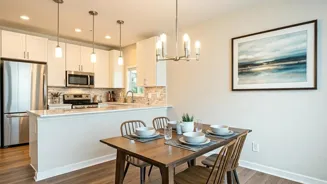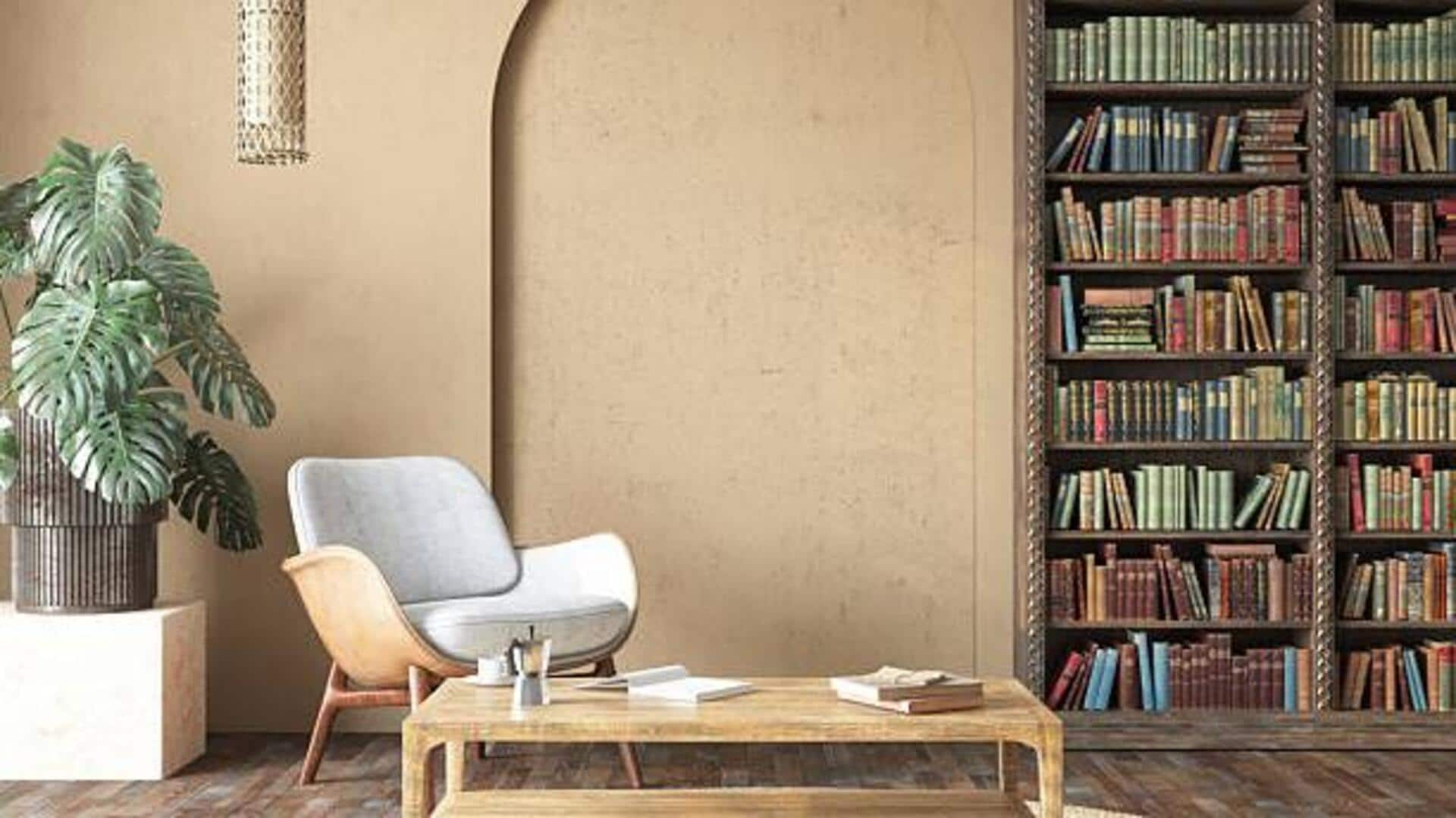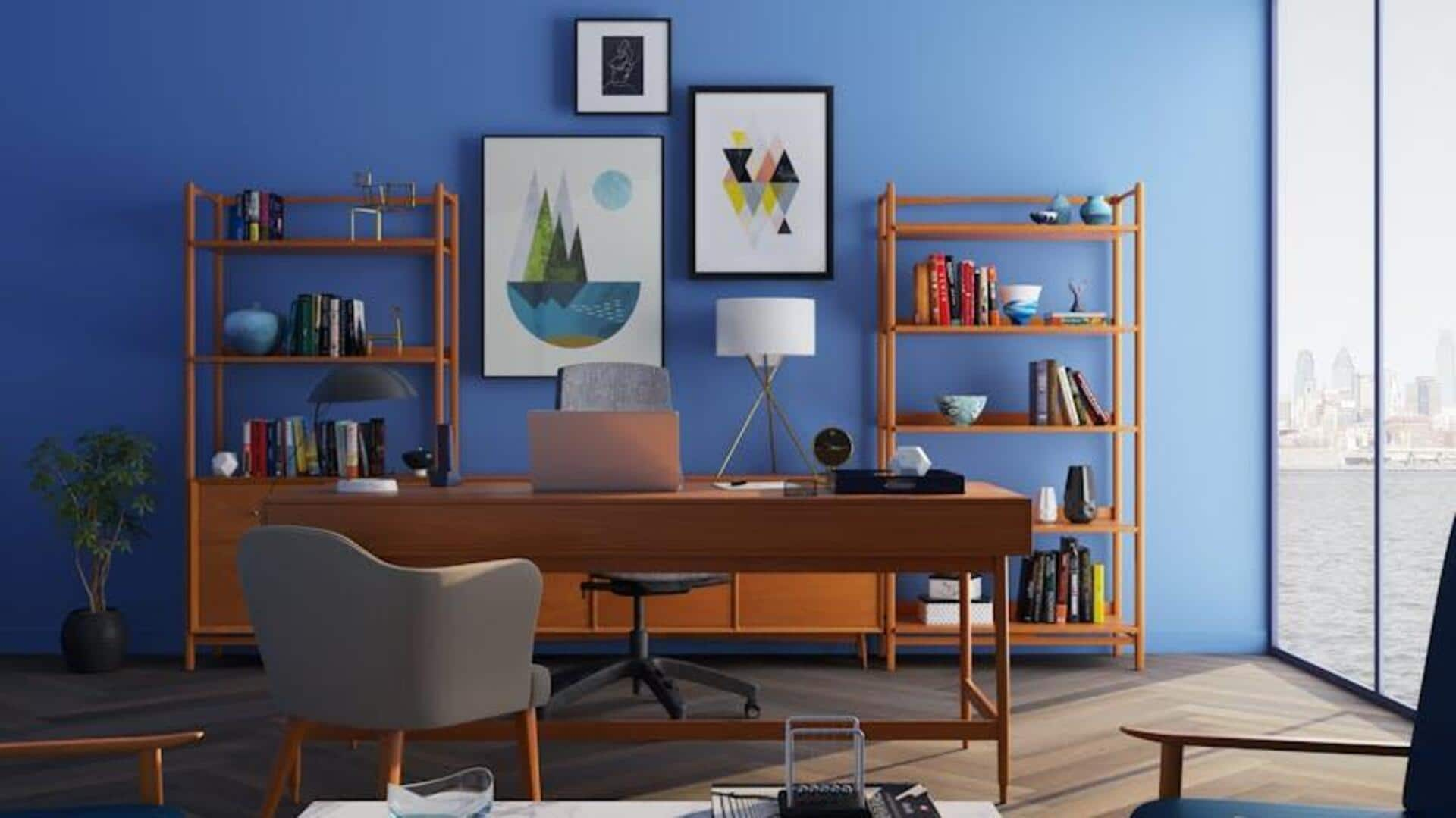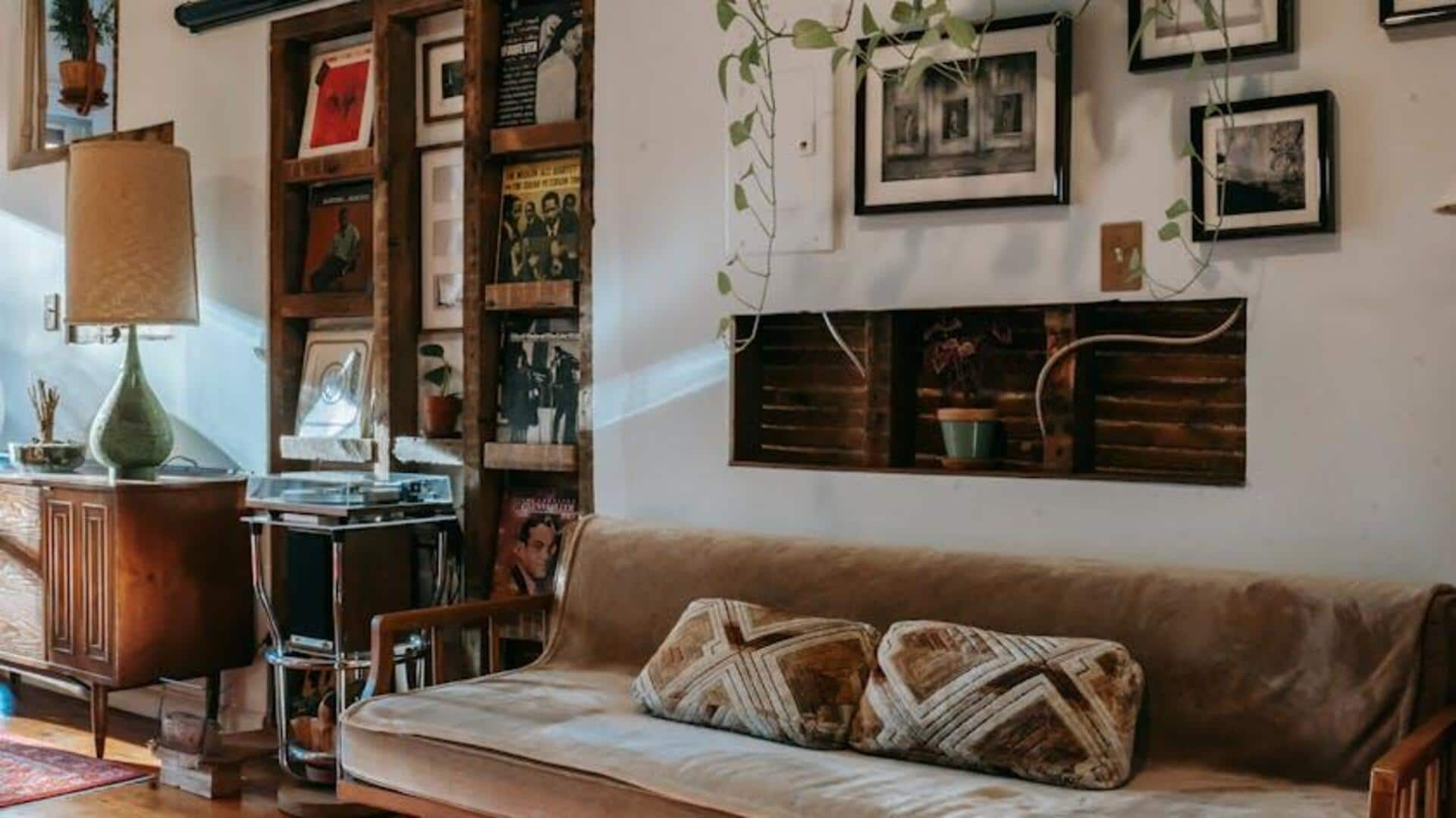Planning Your Space
Careful planning is the cornerstone of a well-designed dining area. Before diving into decor, assess the dimensions and shape of your dining space. Consider
how it connects to adjacent rooms like the kitchen or living area. Determine the optimal size for your dining table based on your household size and how often you entertain guests. Make sure there's ample space around the table for comfortable movement. Next, consider natural light and ventilation. A well-lit, airy space feels inviting, while good ventilation helps keep the area fresh and prevents cooking odors from lingering. Think about the flow of movement within the dining area. Ensure there's a clear path to the table and that chairs can be pulled out and pushed back without obstructions. Lastly, incorporate Vastu principles. Consider the direction of the dining area, the placement of the table, and the colors used to promote positive energy flow.
Table and Seating
Choosing the right dining table is essential for both functionality and aesthetics. The shape of the table should complement the room's layout; for instance, a rectangular table fits well in a long, narrow space, while a round table promotes easy conversation. Consider the material; wooden tables offer warmth, while glass or metal tables bring a modern touch. The number of seats needed should be based on the average size of the family and if guests are often entertained. Comfort is important, so consider the type of chairs; padded chairs encourage lengthy conversations, while chairs without arms can give a streamlined look. The material of the chairs can also influence the room's aesthetics; for example, wooden chairs provide traditional charm, while upholstered chairs contribute to comfort and luxury. Vastu principles are applicable here too. According to these principles, a rectangular or square table is often considered suitable, while avoid tables with sharp edges, which can cause a negative energy.
Color and Decor
Color and decor significantly impact the dining area’s ambiance. Consider color schemes that create a welcoming atmosphere. Soft, neutral tones like creams, beiges, and light grays provide a sense of space and flexibility, while warmer colors like yellows and oranges encourage appetite and social interaction. Avoid using very bold or dark colors, as they can make the space feel smaller and less inviting. The lighting fixtures should be carefully chosen. Consider installing a dimmer switch, so you can adjust the intensity of the light. Avoid harsh overhead lighting; instead, incorporate pendant lights or a chandelier over the table to focus light on the dining area. The decor accessories enhance the aesthetics and add personality to the space. A table runner, placemats, or a centerpiece can add visual interest to the dining area. Artwork on the walls that reflects your style, such as family photos, paintings, or decorative mirrors, will boost the look. Always consider Vastu, using colors that represent happiness and joy while ensuring the space is free from clutter.
Vastu Principles Applied
Integrating Vastu principles can enhance the positive energy of the dining area. As per Vastu, the dining room should ideally be in the west or south-west direction of the home. The dining table should ideally be rectangular or square, which promotes stability and harmony. It is crucial to place the dining table away from direct lines of the door or windows. Avoid positioning the table in a corner or against a wall that creates a cramped feeling. Mirrors can also play a role, by placing a mirror to reflect the dining table, you visually expand the space and boost the energy of abundance. Lighting should be placed strategically. For instance, a lamp hanging above the dining table helps to create a sense of intimacy, while avoiding harsh overhead lights. Color is also important. Use light colors, like white, cream or other light tones, to make the space feel open and welcoming. Lastly, minimize clutter, as this interferes with the flow of positive energy. Always focus on keeping the dining area clean, organized and free from any objects that create obstacles or block energy flow.
Maximizing Space
Making the most of a dining area, especially in smaller homes, involves intelligent space management. Start by selecting furniture that suits the room's dimensions. A compact dining set can be the best option for smaller spaces, while expandable tables offer versatility for hosting. Choose chairs without arms, or consider a bench on one side of the table to save space and accommodate more guests. Built-in storage solutions, such as shelves or cabinets, can help keep the dining area clutter-free. Utilize vertical space by installing shelves to display decor or store items. Multi-functional furniture is also an advantage. Opt for a sideboard that offers additional storage and also acts as a serving station. Use mirrors to create the illusion of more space; strategically placed mirrors reflect light and enlarge the area visually. Finally, ensure the dining area is well-organized; keep surfaces free from unnecessary items to maximize space and enhance the feeling of openness. Following these suggestions will make your dining area feel bigger, more functional, and more inviting, even in a limited space.







